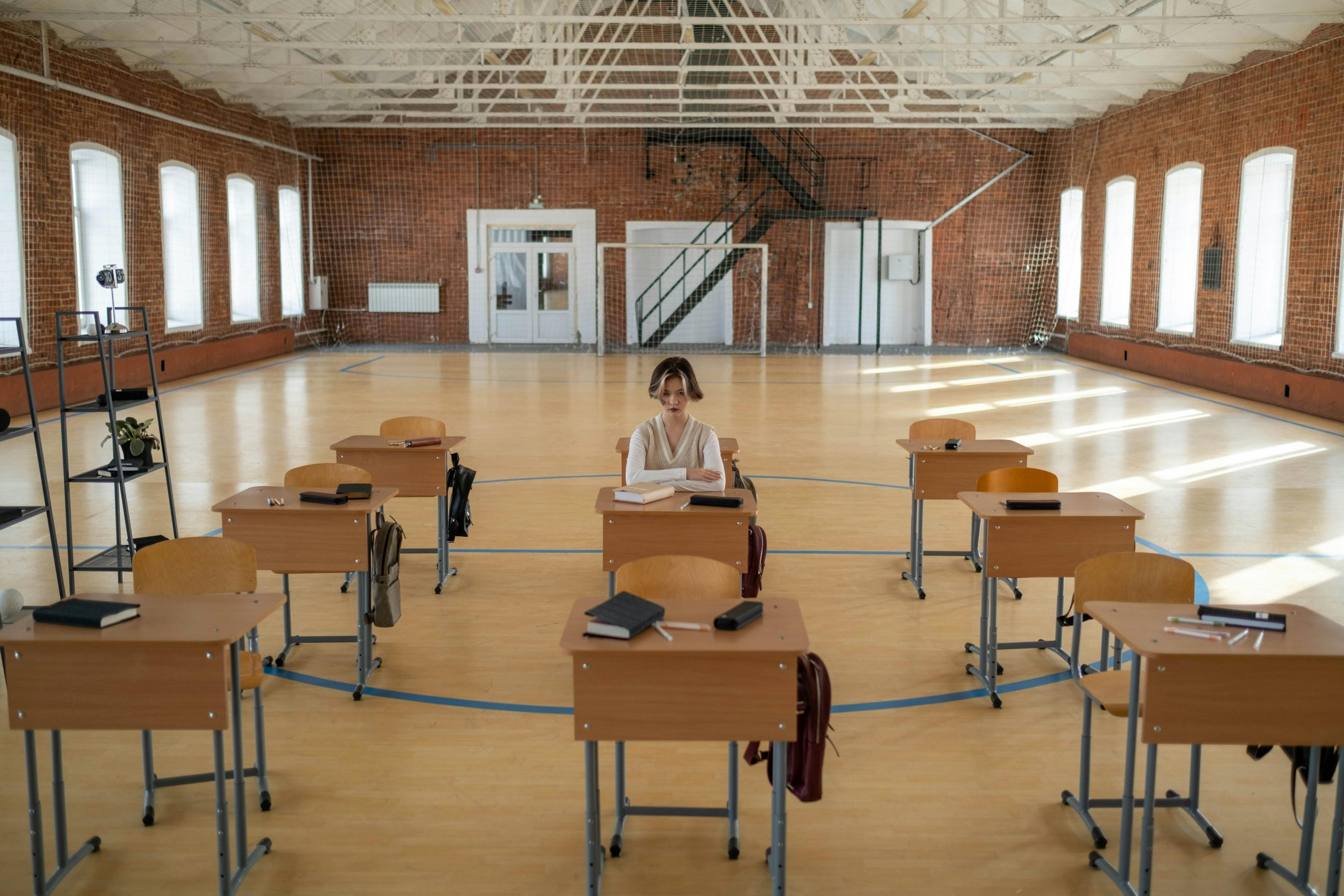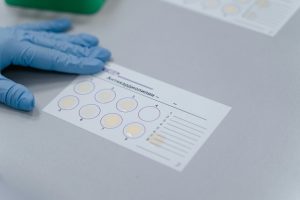Why Standardized Testing Alone Fails to Measure Student Value
As the use of standardized testing in education continues to be a controversial topic, it’s essential to examine the flaws and limitations of this assessment method. While these exams are designed to measure student learning and performance, they have been repeatedly criticized for failing to provide an accurate representation of a student’s true academic value. In this article, we will delve deeper into the inadequacies of standardized testing and explore why it cannot be relied upon solely to measure student value.
The Focus on Memorization and Regurgitation
One of the primary criticisms of standardized testing is its heavy reliance on memorization and regurgitation. These exams typically test students on their ability to recall information and answer multiple-choice questions, rather than assessing their critical thinking and problem-solving skills. As a result, students are often taught to memorize and regurgitate information rather than understanding and applying it in real-world scenarios.
Furthermore, standardized testing often focuses on a narrow range of subjects, such as mathematics and language arts, neglecting other essential skills that students may possess. This one-size-fits-all approach fails to recognize and value the diverse abilities and talents of students, ultimately leading to an inaccurate measurement of their value as learners.
The Pressure to Perform
In addition to the limitations in assessing students’ skills and abilities, standardized testing also brings a high level of pressure to perform well. With the emphasis placed on achieving high scores, students often experience anxiety and stress, which can negatively impact their overall academic performance. They may also feel discouraged and lose motivation if they do not excel on these exams, leading to a decrease in their self-worth and academic value.
Moreover, the pressure to perform well on standardized tests also puts a strain on teachers and schools. In an attempt to boost their school’s overall scores, teachers may focus solely on teaching to the test rather than providing a well-rounded education that prepares students for the real world. This can be detrimental to students’ overall learning and growth, as they may not be receiving a comprehensive education.
The Bias and Inequality of Standardized Testing
Another significant issue with standardized testing is the bias and inequality present in these exams. These tests often have culturally biased questions, which can disadvantage students from diverse backgrounds. As a result, the scores may not provide an accurate reflection of their academic value or potential. Additionally, students from disadvantaged backgrounds may not have access to the same resources and preparation as their peers, further widening the achievement gap.
Standardized testing also fails to measure the individual circumstances and challenges that students may face, such as a language barrier or a learning disability. These exams do not provide accommodations for students, resulting in an inaccurate representation of their value as learners.
Alternative Methods to Measure Student Value
While standardized testing is one way to assess students’ academic performance, it should not be the only method used. Educators and policymakers should consider adopting alternative assessment methods, such as performance assessments and portfolios, that focus on the demonstration of skills and application of knowledge in real-world situations. These methods would provide a more comprehensive and accurate measurement of a student’s true value as a learner.
Furthermore, teachers should be equipped with the knowledge and skills to assess students in a variety of ways, rather than solely relying on standardized tests. It’s crucial to recognize and value the diverse abilities and talents of students and provide them with opportunities to showcase their strengths.
In Conclusion
In conclusion, the use of standardized testing alone fails to measure the true value of a student. These exams prioritize memorization and regurgitation, create unnecessary pressure to perform, and are biased and inequitable. As we strive towards a more inclusive and equitable education system, it’s essential to reassess the use of standardized testing and implement alternative methods to measure student value accurately.











